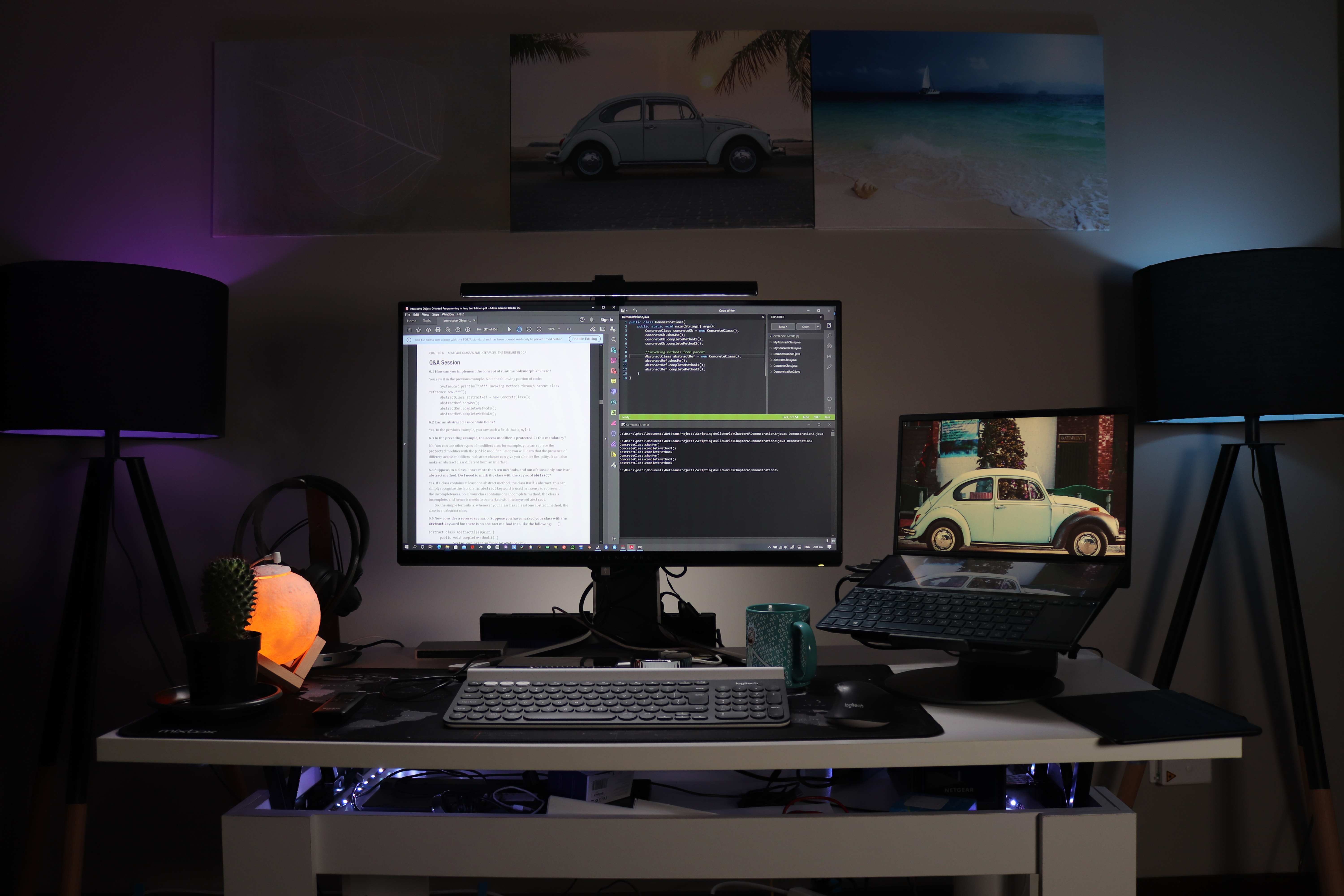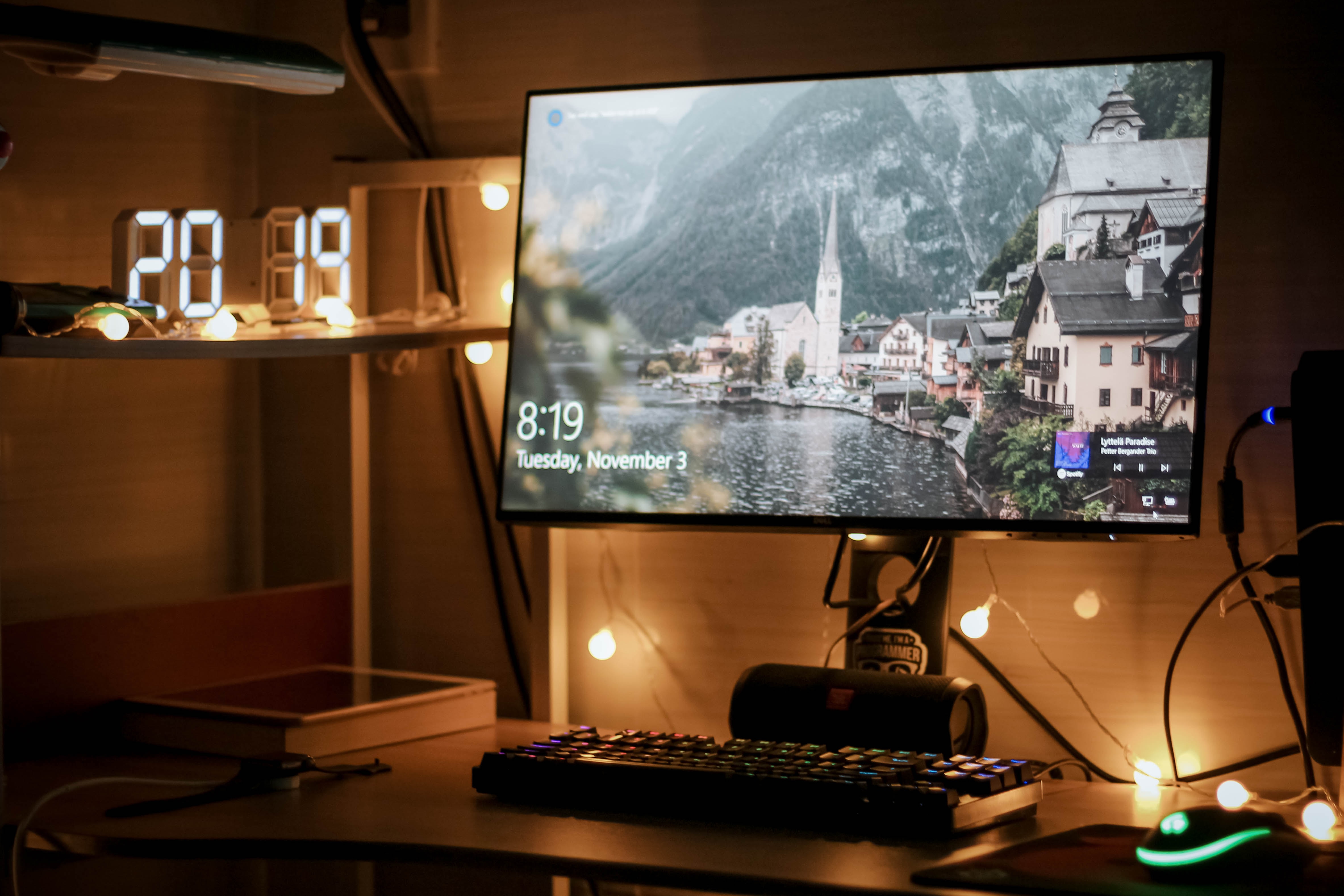If you’re struggling with your old Dell XPS all-in-one desktop’s performance, you’re not alone. But before you decide to replace it, upgrading its memory might be a cost-effective solution to boost its speed. In this article, I’ll show you how to upgrade memory on an old Dell XPS all-in-one desktop.
First, it’s important to make sure that your Dell XPS all-in-one desktop is compatible with the memory upgrade. Check its documentation or visit the manufacturer’s website to see what type and amount of memory your system can handle. In most cases, the XPS all-in-one desktop uses SO-DIMM memory sticks, which are smaller versions of the regular DIMM sticks.
To upgrade the memory, turn off the computer and unplug it. Locate the access panel on the back of the computer, where you’ll find the memory modules. Remove the existing modules by pressing on the clips at each end of the module, and then gently pulling the module out of the slot. To install the new memory, align the notches on the memory with the tabs in the slot, push the module down firmly, and then secure it by pressing the clips back into place.
Upgrading memory on an old Dell XPS all-in-one desktop is a simple process that can improve your system’s performance. By following these steps, you can give your computer a new lease on life and enjoy faster speeds and improved multitasking capabilities.
Checking Compatibility With Old Dell XPS All-In-One Desktop
Before upgrading the memory on your old Dell XPS All-In-One Desktop, it’s important to check if the chosen memory is compatible with your system. Upgrading memory will certainly enhance your computer’s performance, but selecting the wrong memory could potentially damage your system or cause it to malfunction.
To avoid such unpleasant experiences, the best thing to do is to check the Dell website or your owner’s manual to find out the type, speed and maximum capacity of the memory that your system can handle. It’s crucial to ensure that the selected memory is compatible in all aspects – otherwise, it may not work or may result in a slower or unstable system.
To make the process of finding compatible memory easier, Dell has a built-in diagnostic tool called Dell System Detect that can scan your system and determine the exact type of memory you need. Alternatively, you can visit Dell’s website and use their Memory Selector tool that can help you find the right memory module for your Dell XPS All-In-One Desktop.
It’s also important to note that upgrading memory may involve opening your system and handling delicate internal components that require care and precision. If you don’t feel confident or comfortable doing this, it’s best to seek the help of a professional technician to upgrade your system.
By following these steps to check compatibility, you’ll be able to upgrade your Dell XPS All-In-One Desktop’s memory without any unnecessary complications.

Upgrading Memory on Old Dell XPS All-In-One Desktop
If you own an old Dell XPS All-In-One Desktop, upgrading its memory is an excellent way to breathe some new life into it. The process of upgrading the memory may seem daunting at first, but when you follow these steps carefully, it’s a straightforward process.
First, you need to determine how much memory your computer has and how much it can support. This information can be found in your computer’s documentation, or you can use the Windows System Information tool by typing “System Information” into the search bar.
Once you know how much memory your computer can support, you can purchase the right type of memory module for your computer. You should ensure that you purchase memory modules that are compatible with your computer- for example, DDR3 or DDR4.
Before proceeding, it’s essential to unplug your computer and remove all cables before opening the back panel. Ensure that you ground yourself to prevent static electricity damage.
Next step, remove the back panel of your computer. This can usually be achieved by unscrewing the screws on the back of your computer or sliding it off. Then locate the memory bay, if you already have memory installed, remove it by pushing the tabs away and pulling the module out.
Now it’s time to install the new memory module by carefully aligning it and pushing down firmly on either side until you hear a satisfying click. Most XPS All-In-One Desktops come with two memory slots, so you can repeat the same process with another memory module if you chose to add another one.
Finally, replace the back panel, screw it back, reconnect all cables then turn your computer on. And yes, that’s it. You should now be upgrading memory on your old Dell XPS All-In-One Desktop with ease.
how to Upgrade Memory on Old Dell XPS all in One Desktop
In conclusion, upgrading memory on your old Dell XPS All-In-One Desktop is a simple and cost-effective way to improve your computer’s performance. You don’t have to be an expert to do it. By following these easy steps, you can increase your computer’s speed and experience a smoother computing experience.
## Troubleshooting Common Issues After Memory Upgrade
Upgrading memory on an old Dell XPS all-in-one desktop can significantly boost its performance. However, you may encounter some common issues after upgrading. In this section, we’ll discuss how to troubleshoot these problems.
1. Computer Not Starting up
After upgrading your memory, you may find that your computer isn’t starting up. This could be due to many reasons, including incompatible or faulty memory sticks. To fix this issue, try the following steps:
– Remove the new memory sticks and reinstall the old ones to see if the problem persists.
– Test the new memory sticks individually to see if any of them are faulty.
– Check your system’s user manual to ensure that the new memory is compatible with your system.

2. Computer Freezing or Crashing
If your computer is freezing or crashing after the memory upgrade, there may be compatibility issues with your new memory sticks. Here are some steps you can take to troubleshoot:
– Reinstall the old memory and see if the issue persists.
– Download and install the latest drivers for your system, including the BIOS update, if available.
– Run a memory diagnostic tool to identify any memory issues.



















































































